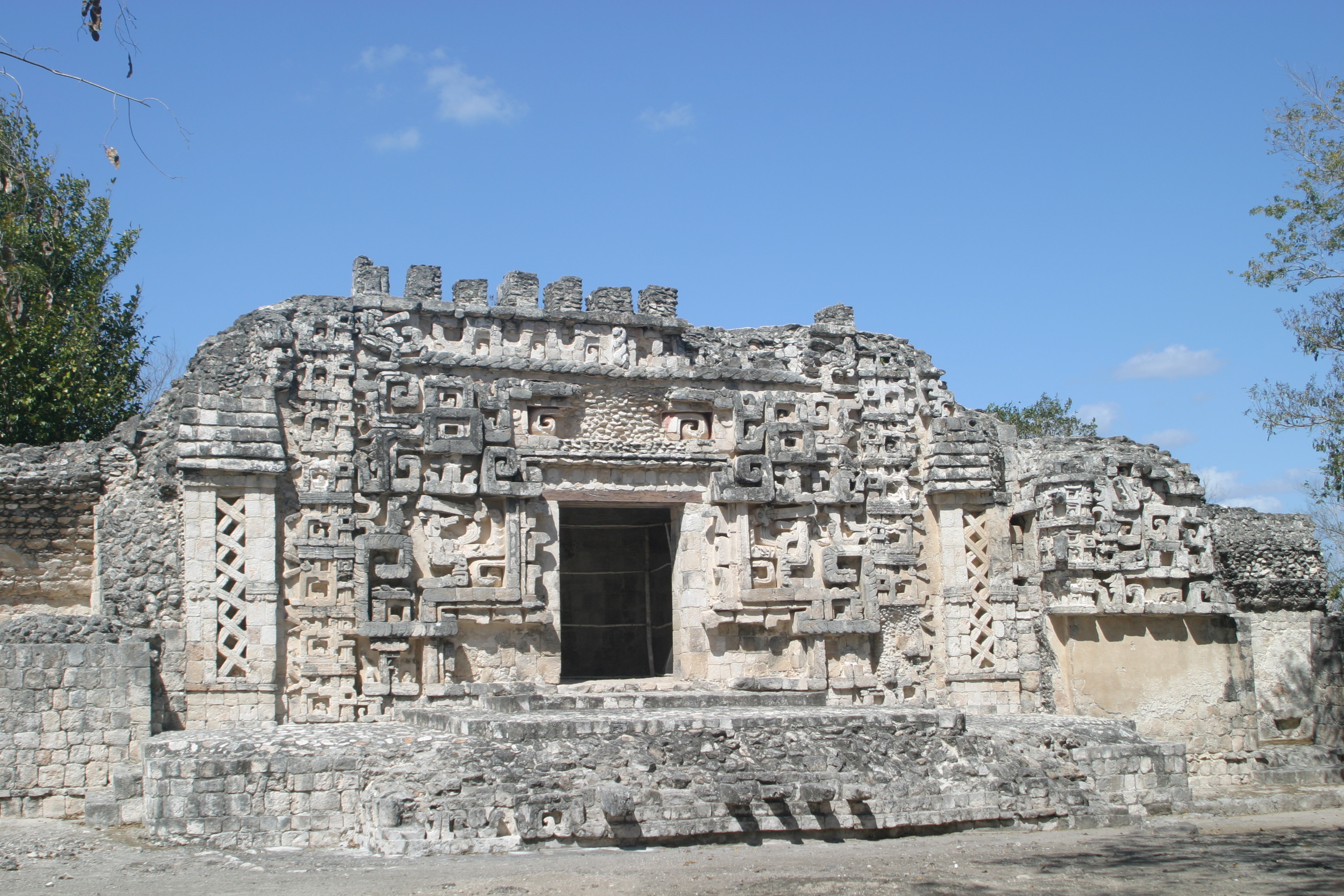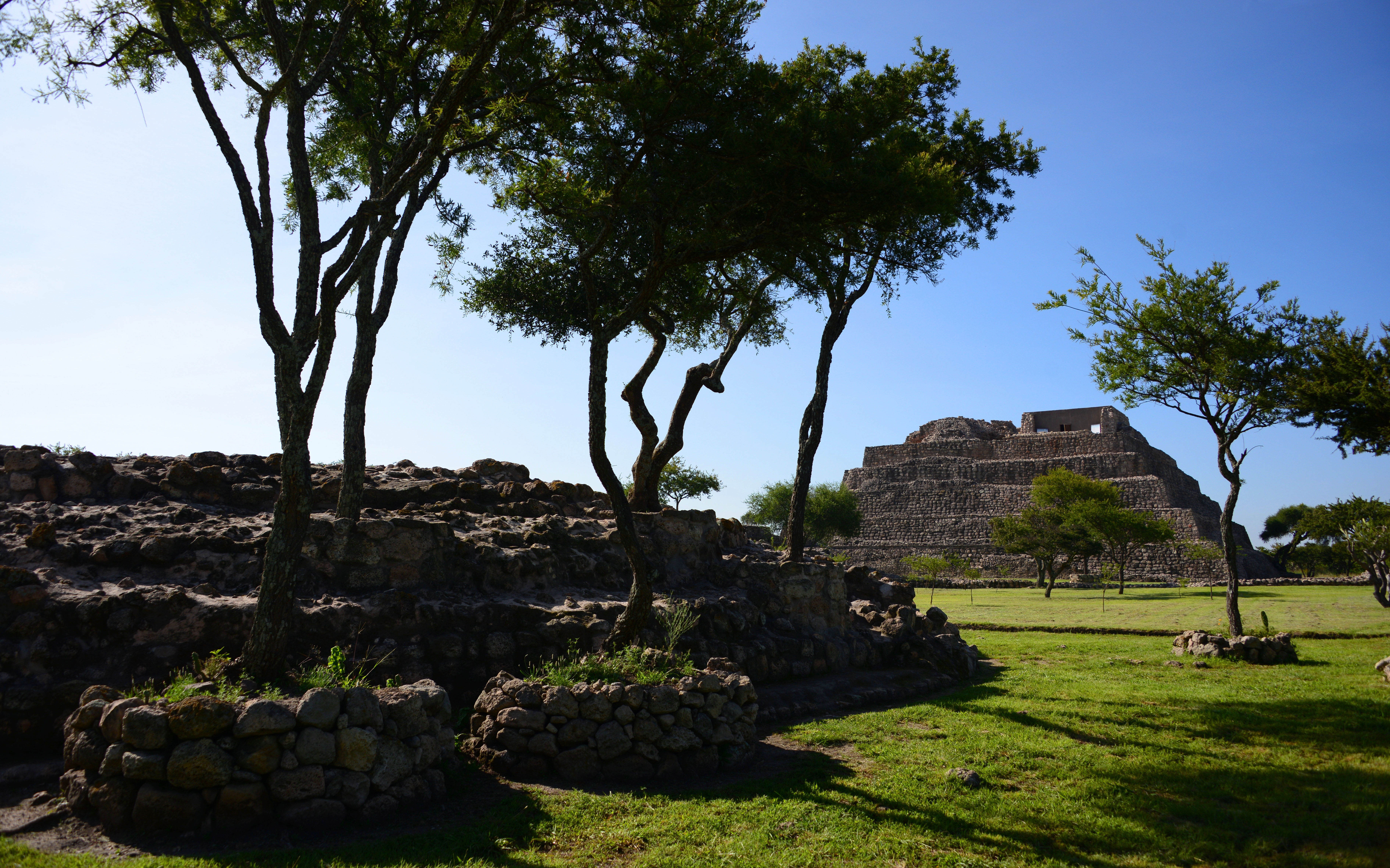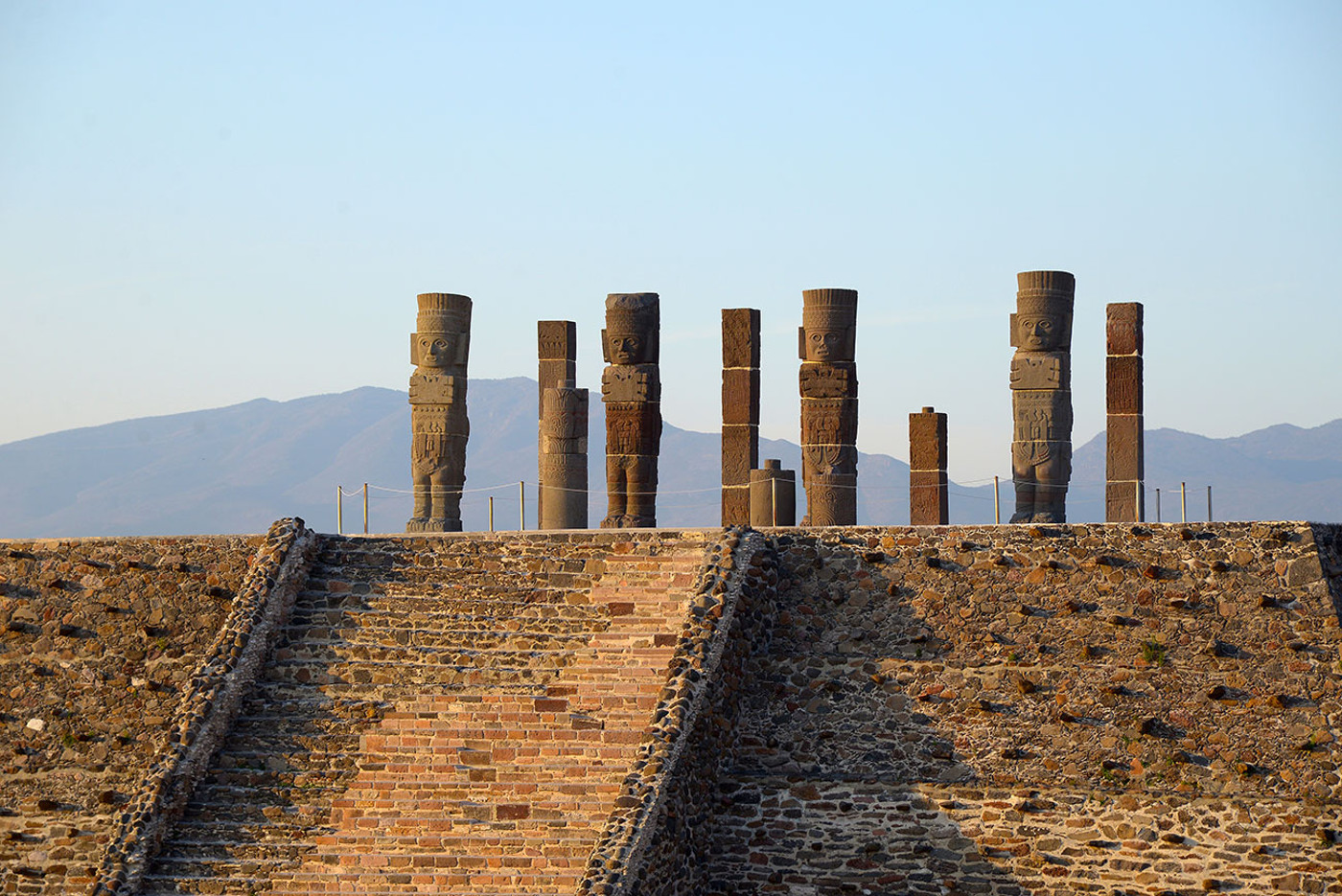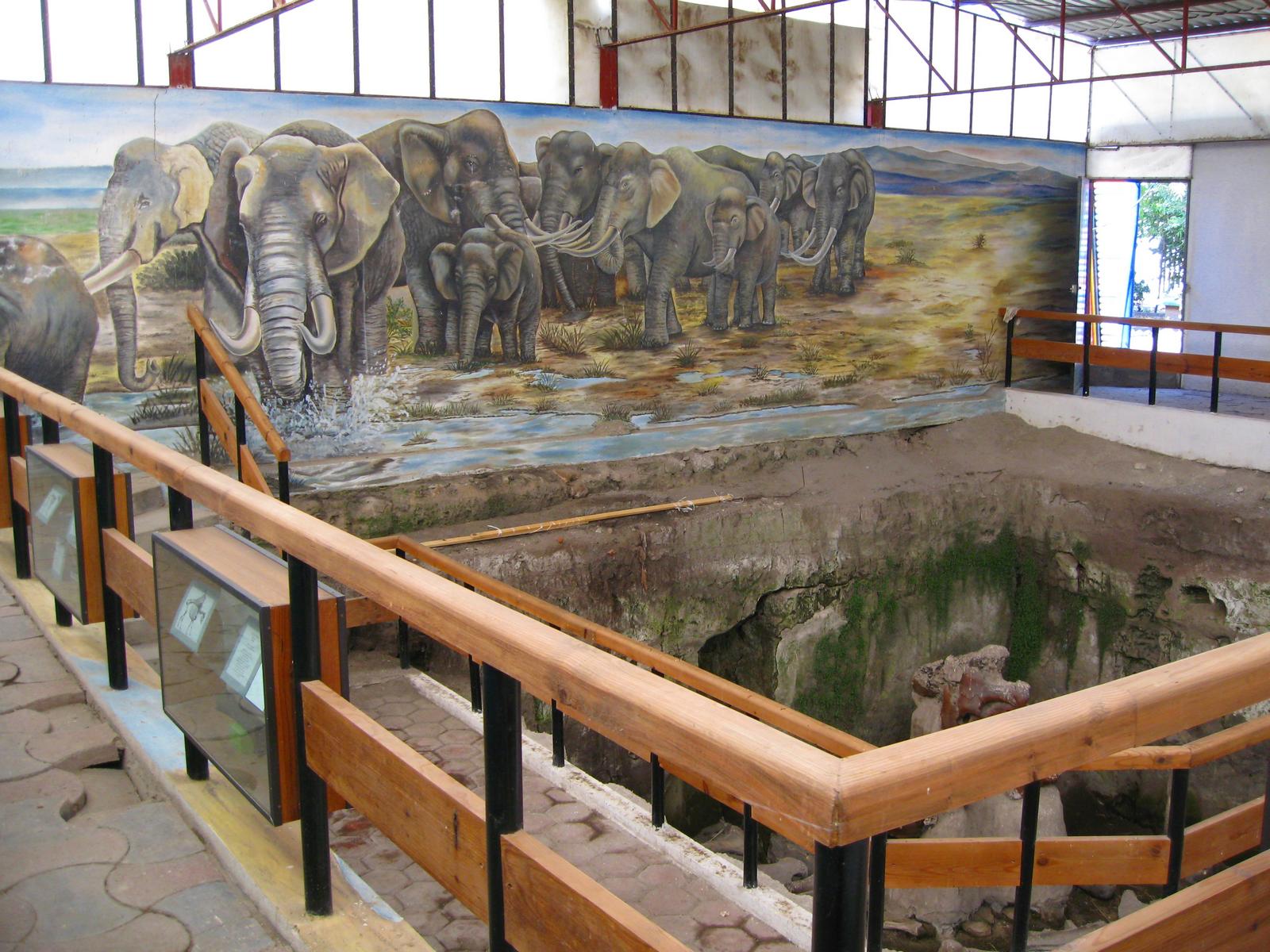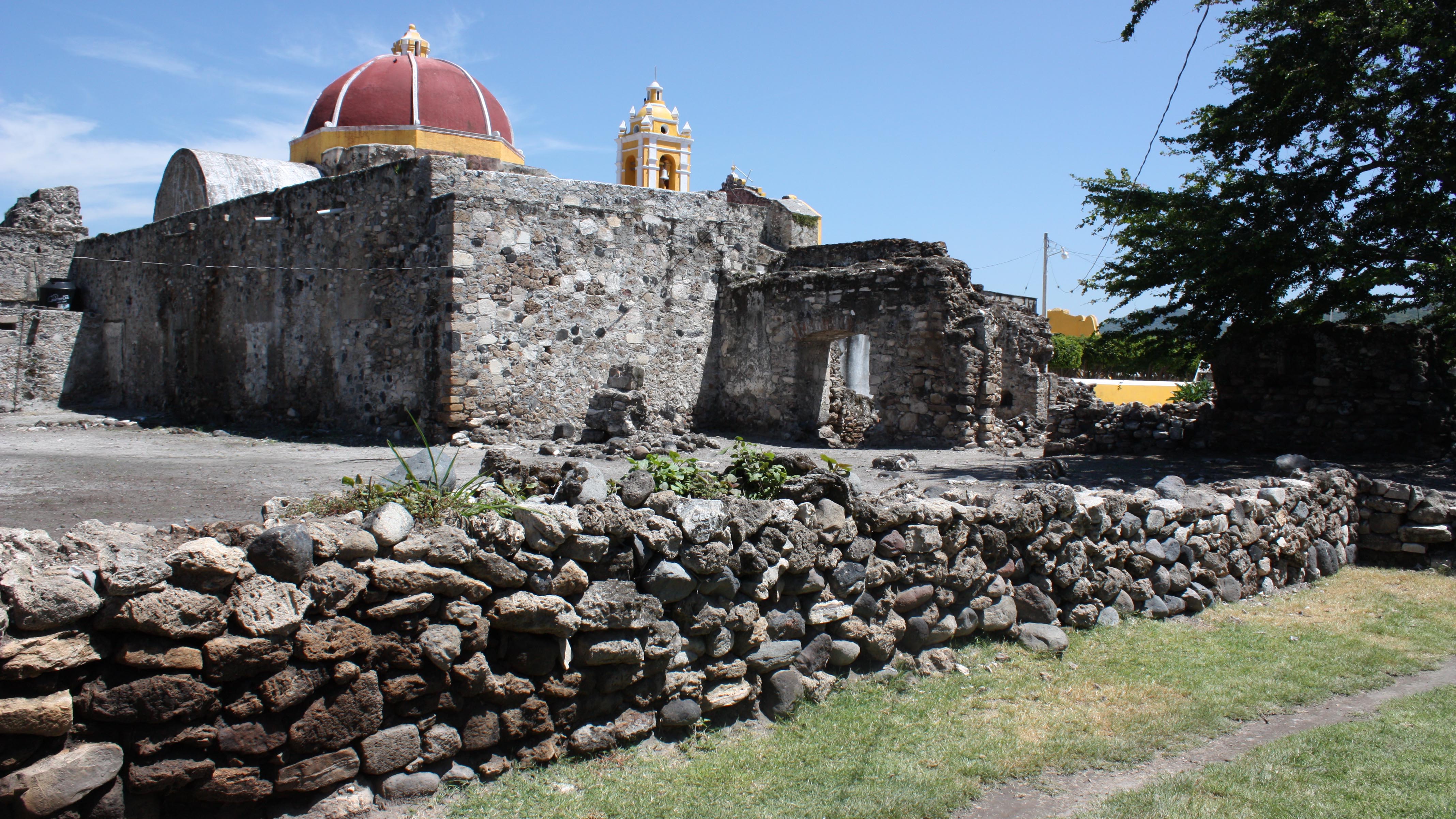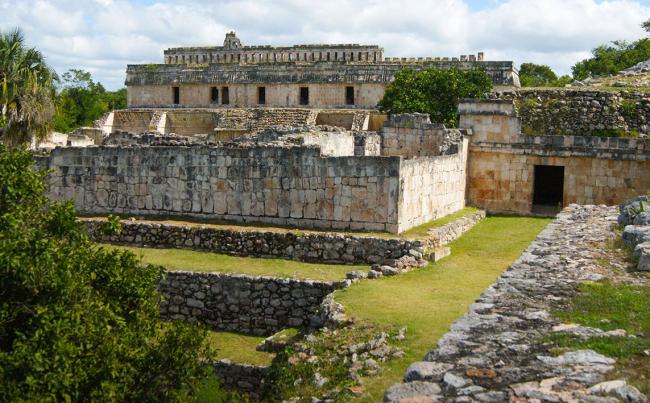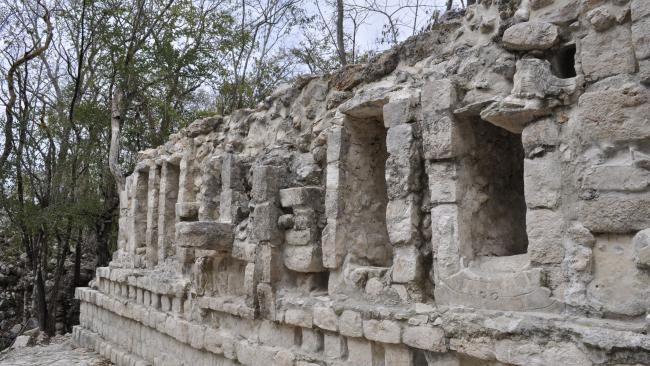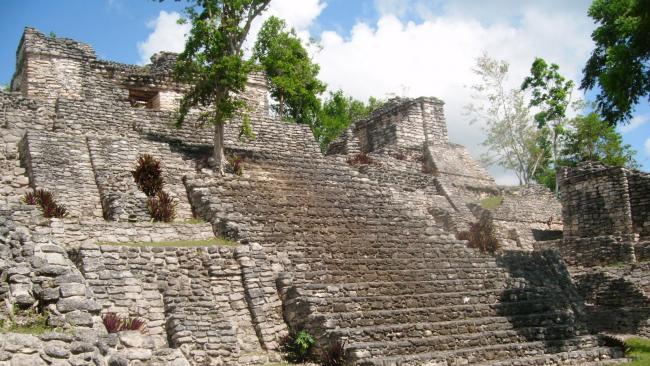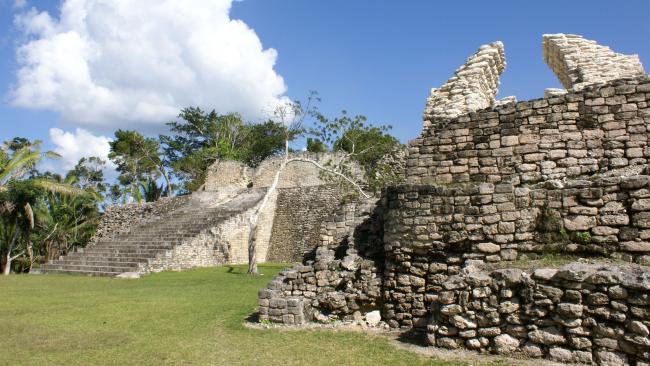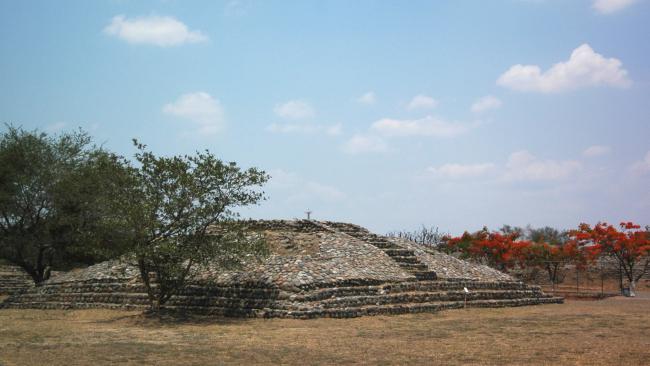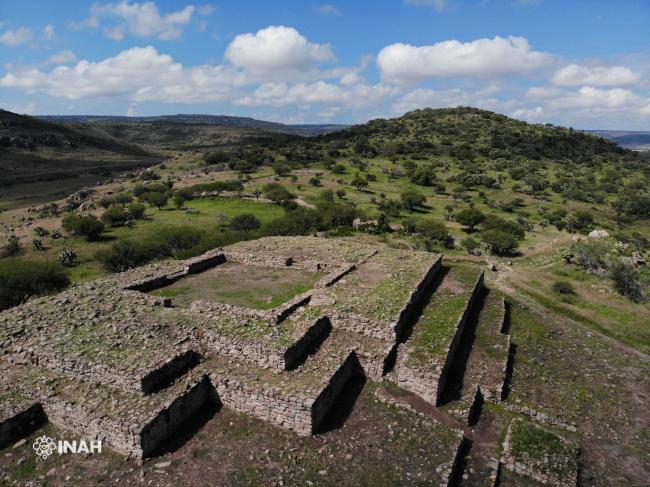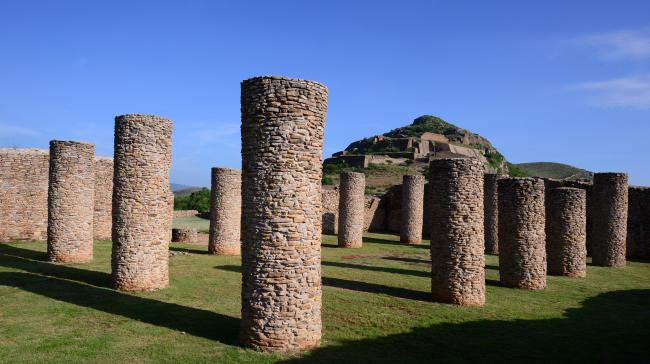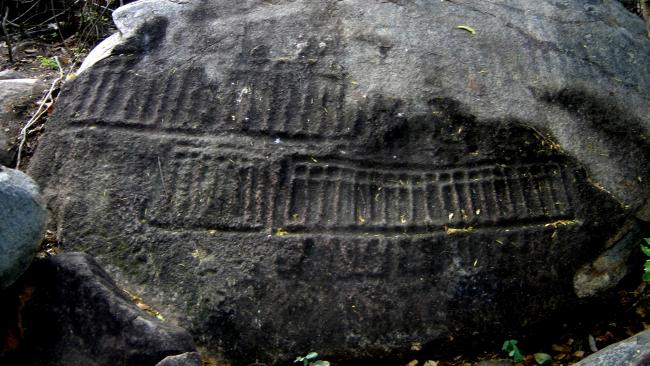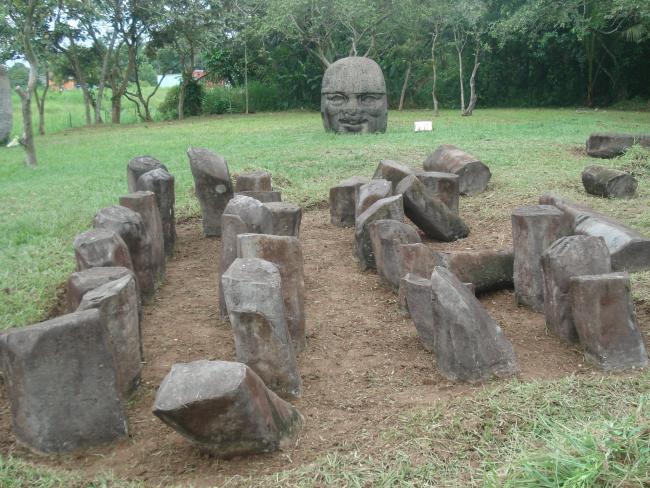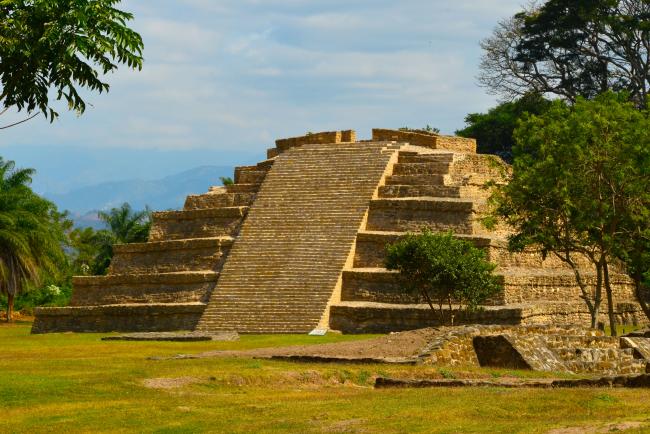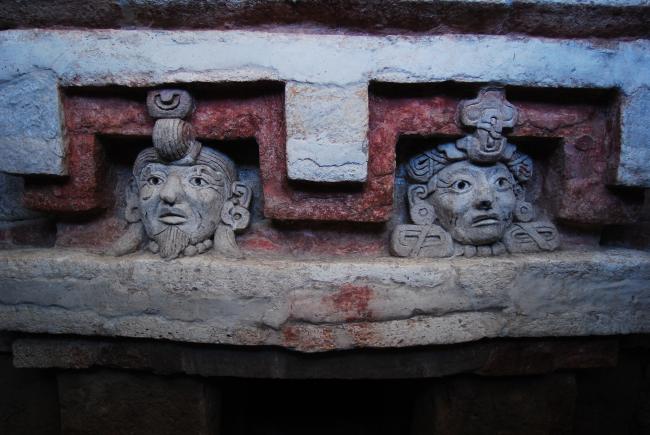
Zonas Arqueológicas
Kabah
Its name is mentioned in the Chilam Balam of Chumayel, which indicates its importance. The architecture is extraordinary, particularly the temple of Codz Pop, with its facade decorated with hundreds of masks of the god Chaac, considered one of the finest examples of Maya art.
Kankí
The remains of the architecture, rising up magnificently amid the surrounding jungle, are early examples of Maya art developed in the region. The site conserves structures that create interlinking courtyards, and a palace shows traces of its previous decoration.
Kinichná
Part of the architectural complex formed by Dzibanché, Lamay and Tutil, although this was a minor city. Its main building, known as the Acropolis, is an interesting pyramid of three levels, whose broad staircase leads up to two temples placed laterally.
Kohunlich
This is the most visited site in Quintana Roo. It has stunning residential, civic and religious complexes surrounded by jungle. The Temple of the Masks is outstanding with figures of royal personages which still retain traces of red paint and whose attire bears celestial symbols.
La Campana
With the Colima volcano in the background, this site is striking because of the design of its streets and buildings, as well as the numerous stone carvings found in its squares and courtyards. An example of the first urban settlements in Mesoamerica, it developed in parallel to Teotihuacan and…
La Ferrería
This was an important religious center as shown by the circular foundations of its temples, a pyramid with a sunken courtyard, ballcourts, altars and terraces, plus mural and cave paintings. Believed to have been the most populous and extensive site in the Guadiana Valley.
La Quemada
Its origin remains a mystery. Some authors associate it with Chicomoztoc, a mythical place that the Aztecs passed through on their way to the Valley of Mexico. A powerful center of government, at its height it governed over 220 settlements and produced very distinctive architecture.
La Sabana
One of the largest settlements of the Costa Chica. In its first stage it covered present-day Acapulco, and in the second it extended to the foothills of the Cerro de la Bola, where 38 splendid stone carvings have been found with figures of animals, calendar counts and images of Tlaloc.
La Venta
One of the first cities of ancient Mexico (1200-400 BC), set in a region of lush vegetation. The imprint of the mysterious Olmecas appears in the urban layout, the amazing stone sculptures—some of them weighing up to 35 tons—and the jade offerings found here.
Labná
Although this is a small city, it houses three jewels: its beautiful Arch of richly carved stone; the Palace, whose facade has numerous masks of the god Chaac, and the Mirador (lookout point). It was declared a World Heritage Site together with Uxmal, Sayil and Xlapak, under the title of the Pre…
Lagartero
John Lloyd Stevens described it as “a wild place of incomparable beauty…” The great civic and religious center is located on the island of El Limonal (lemon grove) and the rest of the vestiges are dispersed on little islands and peninsulas in present-day Lagos de Colón.
Lambityeco
Its main activity was trade and production of salt. Contemporary with Monte Albán, the Zapotec lineage established here left a historical artistic bequest of magnificent stucco reliefs and artefacts made of bone, as well as mural paintings that can still be seen.





